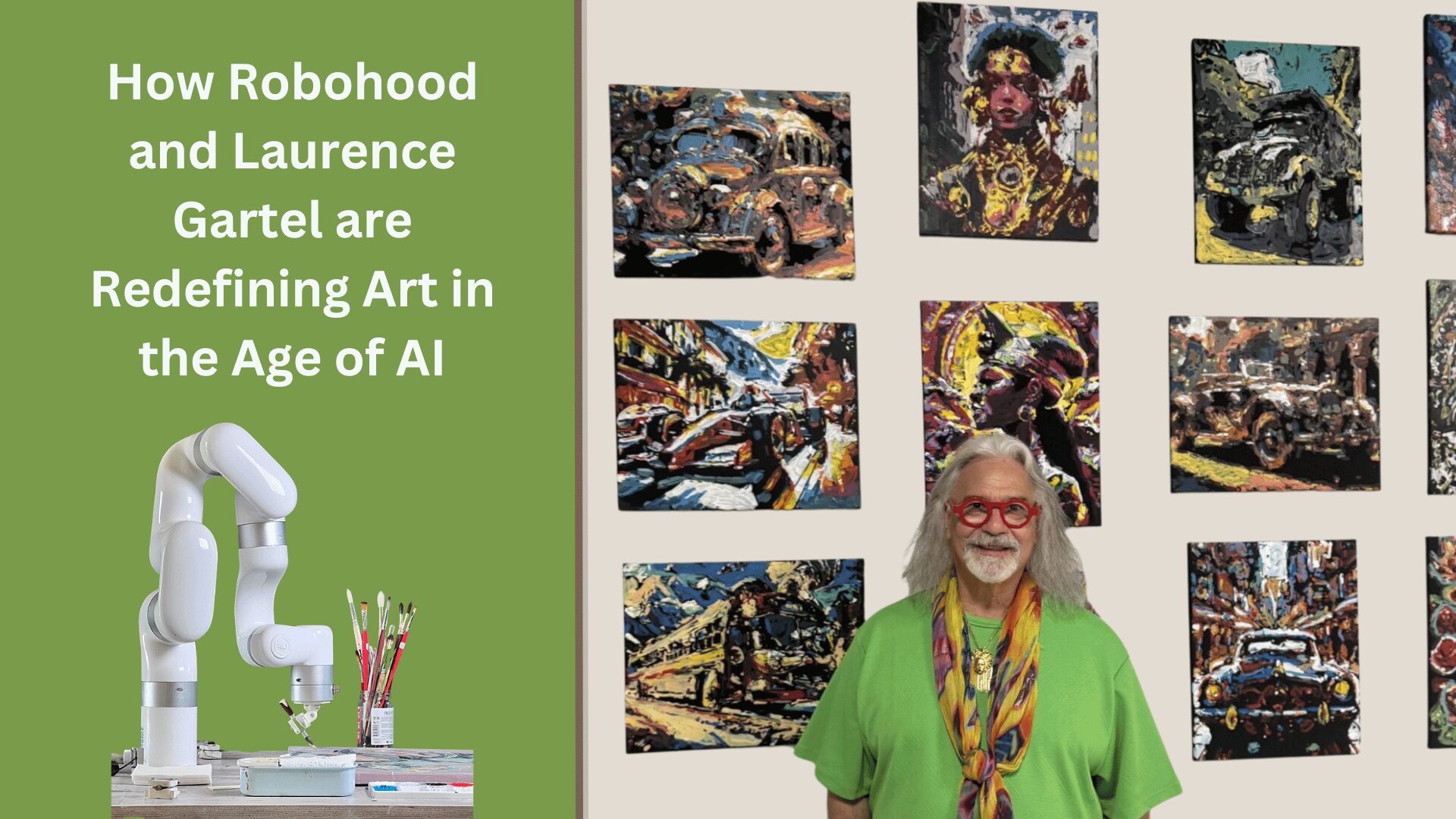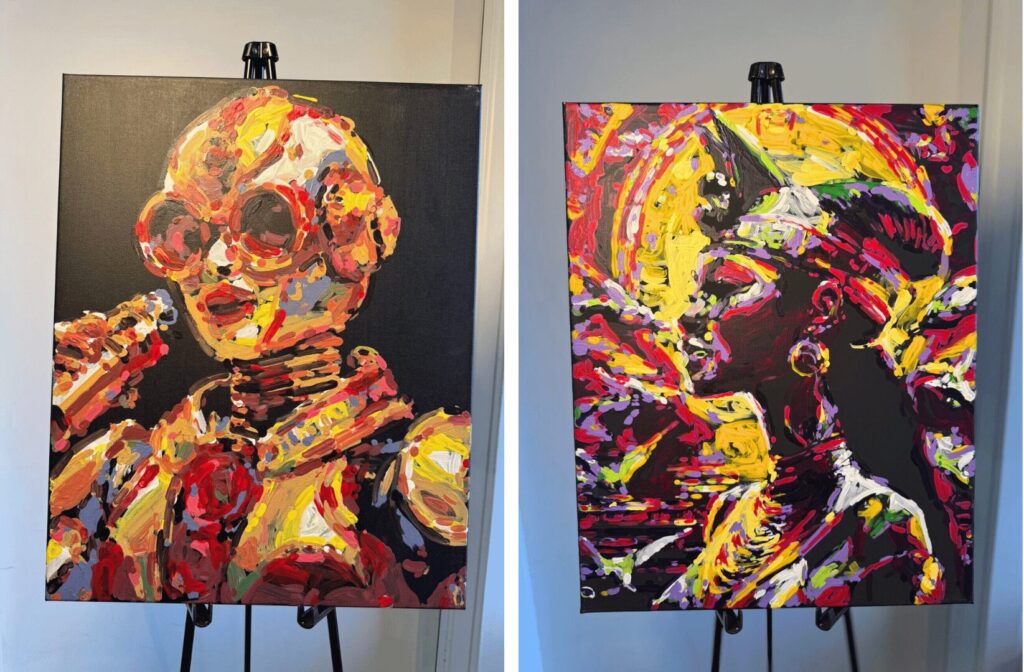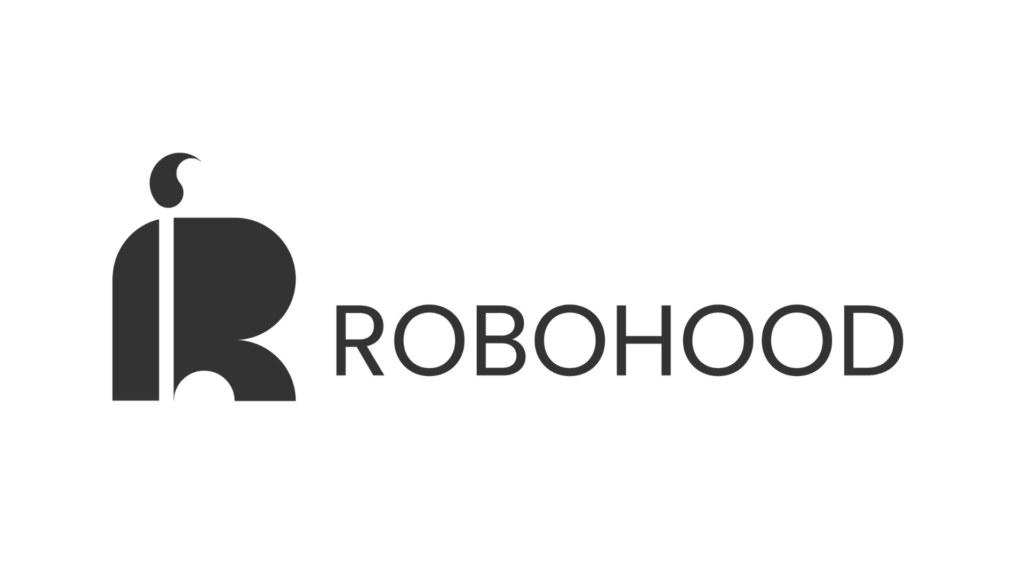 Art has always evolved with the tools of its time. The printing press democratized illustration. Photography challenged painters to rethink realism. Digital tools unlocked a new universe of expression. And now, once again, the creative world stands on the edge of a transformative frontier: automation.
Art has always evolved with the tools of its time. The printing press democratized illustration. Photography challenged painters to rethink realism. Digital tools unlocked a new universe of expression. And now, once again, the creative world stands on the edge of a transformative frontier: automation.
At the heart of this evolution is Robohood, a visionary company blending artificial intelligence and robotics to turn digital images into authentic, hand-painted works of art. Far from being a novelty, Robohood’s technology represents a paradigm shift—where the brushstrokes may be robotic, but the artistry remains deeply human.
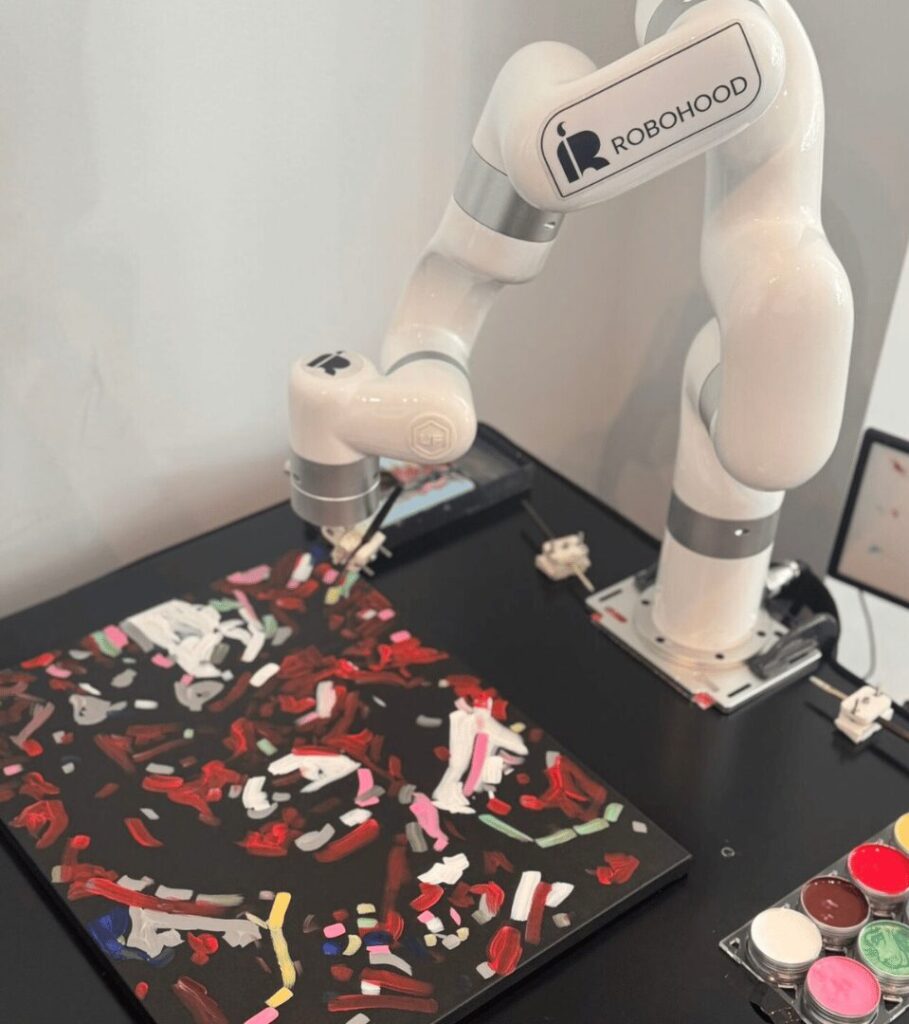 Robohood has developed a sophisticated robotic painting system that allows anyone – from trained artists to total beginners – to bring digital images to life using real brushes and paints on canvas. Unlike printing, which flattens images into two dimensions, Robohood’s robots create layered, textured, and expressive paintings, complete with the nuances of human brushwork.
Robohood has developed a sophisticated robotic painting system that allows anyone – from trained artists to total beginners – to bring digital images to life using real brushes and paints on canvas. Unlike printing, which flattens images into two dimensions, Robohood’s robots create layered, textured, and expressive paintings, complete with the nuances of human brushwork.
An image is uploaded into the system and Robohood’s AI, powered by machine learning and computer vision, analyzes the image, breaking it down into a series of artistic brushstroke instructions. A robotic arm equipped with real paintbrushes executes the painting, stroke by stroke, often in styles like realism, impressionism, or even a custom hybrid. This isn’t just automation – this is a collaborative reimagining of creativity.
Robohood is changing more than just how art is made. It’s expanding who can make it, and how.
“Great artists had apprentices who helped them mix paints, prepare canvases, and even complete parts of their master’s work. Today, technology offers a new kind of assistant: the robot as artist’s apprentice,” shared Vladimir Tsimberg, Co-Founder of Robohood.
He proudly continued, “Art is no longer limited by physical ability. We’ve enabled people with limited motor skills to create real paintings with digital guidance. In our work, we’ve seen robotic painting complete multi-panel compositions in a fraction of the time, yet with a depth and texture that feels undeniably human.”
Robohood offers a new level of accessibility in art. Speed & Scale: Complex, multi-panel murals or commissions can be completed in a fraction of the time, without sacrificing detail or artistry. Expanded Access: For individuals with limited motor skills or those without formal training, Robohood provides a way to create real, physical art through digital input. The barriers to painting are being dismantled by technology. Automation in this context doesn’t replace the artist—it empowers them. It provides the technical hands to match a boundless creative vision.
No one better represents this fusion of art and innovation than Laurence Gartel. Known globally as the “Father of Digital Art,” Gartel has spent more than five decades pushing the boundaries of creativity and technology. Long before Photoshop or NFTs, Gartel was using computers as a creative medium.
His career began in the 1970s alongside Nam June Paik at Media Study/Buffalo, one of the earliest experimental digital art spaces. He earned his BFA from the School of Visual Arts in New York, studying alongside the likes of Keith Haring, and even taught Andy Warhol how to use the Amiga computer – ushering one of pop art’s biggest names into the digital realm.
Over the years, Gartel has worked with brands such as ABSOLUT vodka, Coca Cola and a wide array of cultural icons including: Debbie Harry (Blondie), Sid Vicious (Sex Pistols), Wendy O. Williams (Plasmatics), Justin Timberlake & Britney Spears and even served as the official artist of the 57th Annual Grammy Awards.
His work has been exhibited at the Museum of Modern Art (MoMA), the Long Beach Museum of Art, the Norton Museum of Art, and is part of permanent collections at the Smithsonian Institution and Bibliothèque Nationale de France.
But Gartel’s influence isn’t just historical—it’s ongoing. Today, as Robohood’s Artist Ambassador, he is once again at the cutting edge, transforming his digital masterpieces into physical paintings using Robohood’s robotic system. His recent exhibition, “Analog, Digital, Artificial Intelligence, Robotics: The Universe of Laurence Gartel,” highlighted the convergence of human creativity and machine precision, earning acclaim for its bold exploration of what art can be in the AI age.
“We’re at the intersection of possibility and imagination,” Gartel has said. “Robohood is a new brush for the digital artist.”
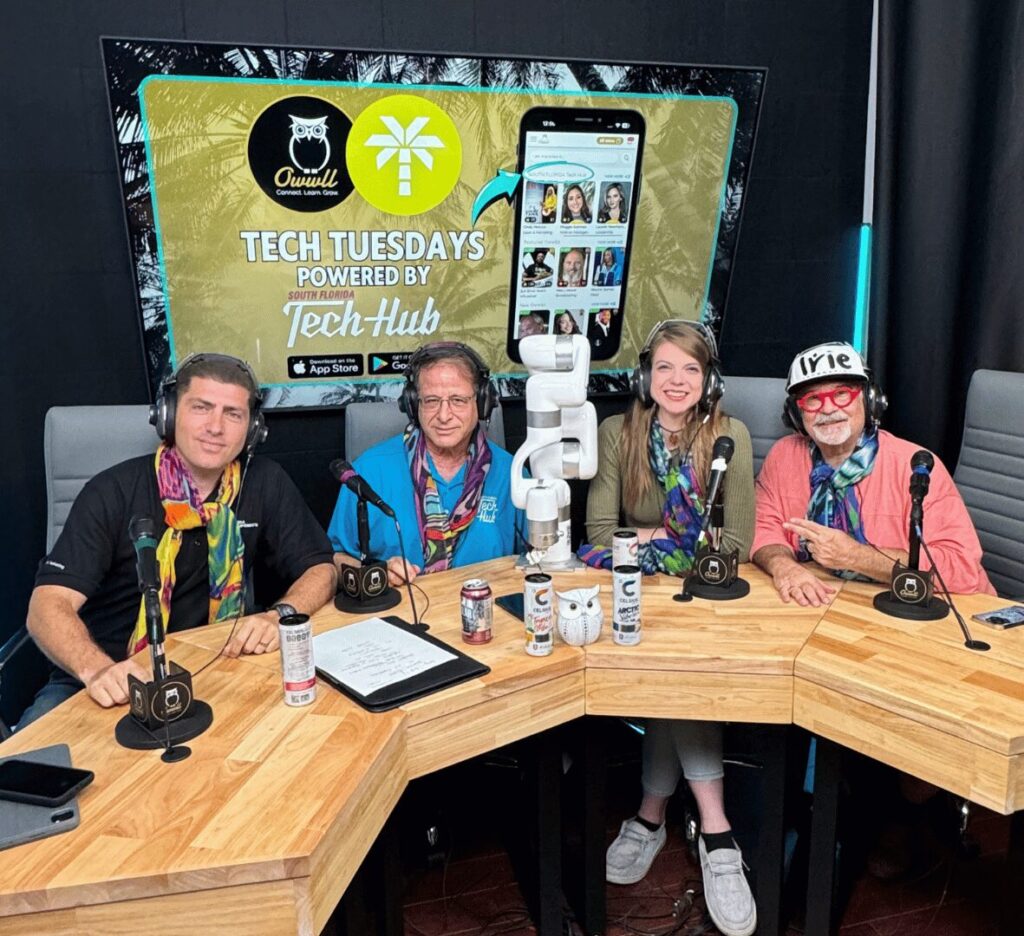
Laurence Gartel (right) meets Robohood artist Crystal Joynt (2nd to right) on the Tech Hub Tech Tuesdays podcast, powered by the Owwll app. Co-hosts Denis Sinelkov and Jeffry Ullman (left to right).
Automation is changing how art is made. And it’s giving rise to a new kind of artistic expression—one where creators like Laurence Gartel are fusing decades of traditional artistic philosophy with cutting-edge robotics. In the hands of a visionary, technology becomes more than a tool – it becomes a partner. As Gartel has shown time and time again, great artists embrace new mediums not to replace the old, but to expand what’s possible.
From oil to pixels, from canvas to code, from brush to bot – the story of art has always been one of transformation. Robohood and artists like Gartel are simply writing its next chapter.
To learn more about Laurence Gartel’s work with Robohood, visit https://www.robohood.com/laurencegartel

